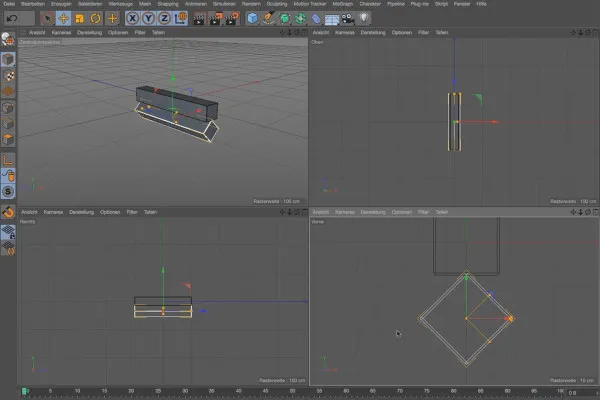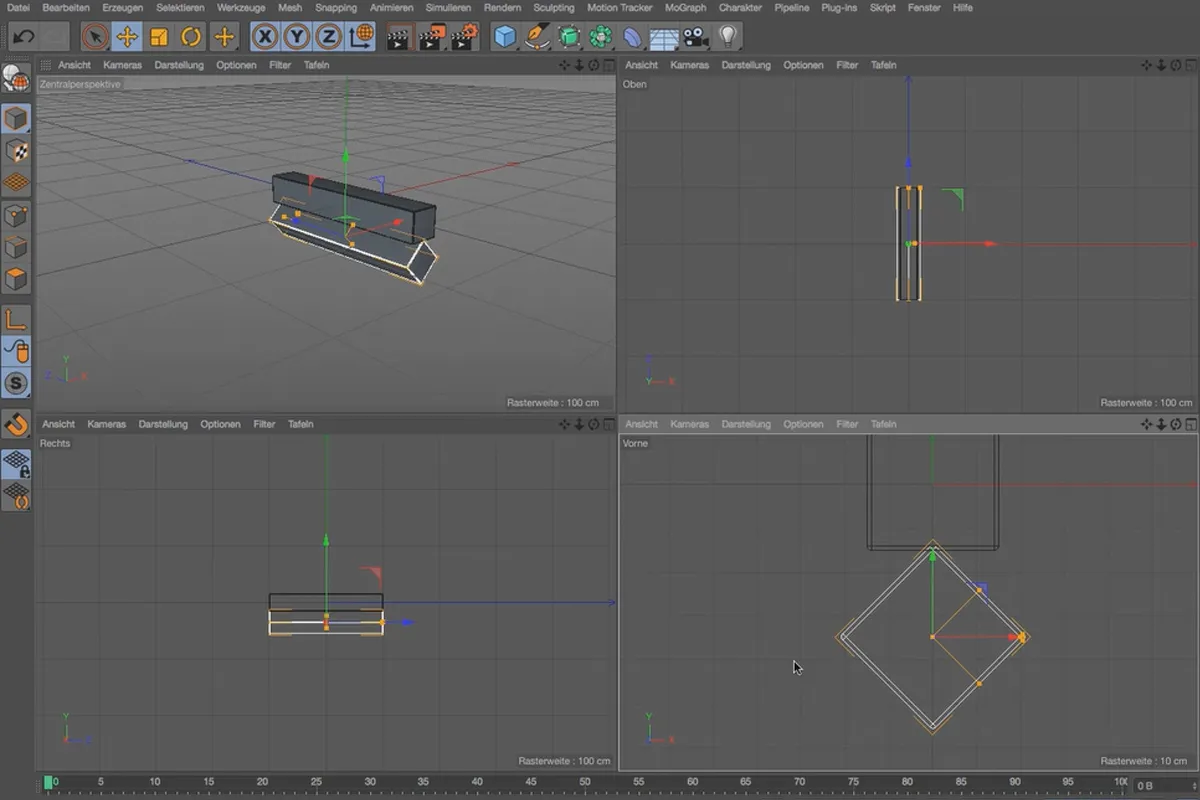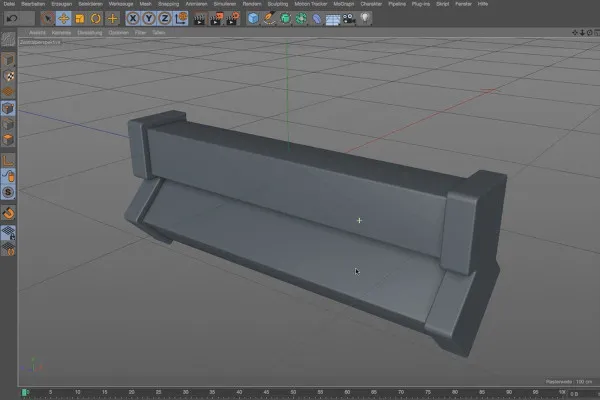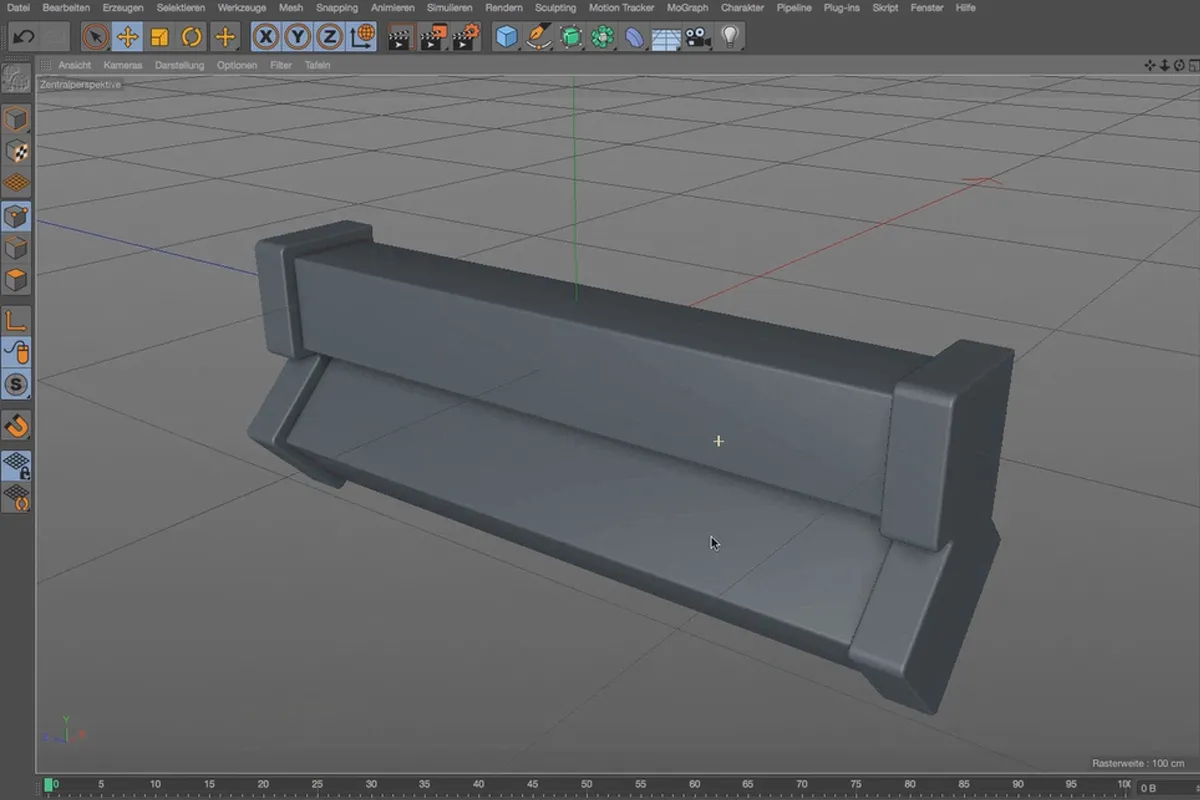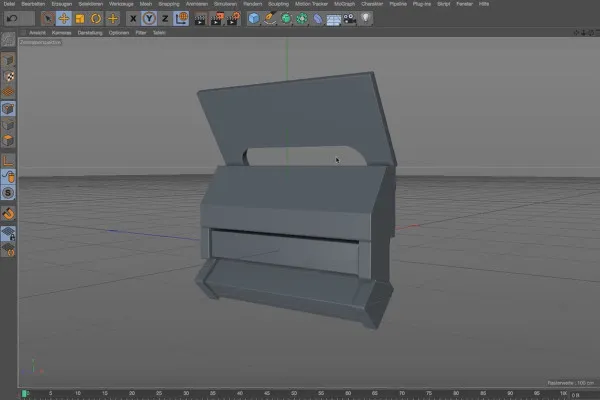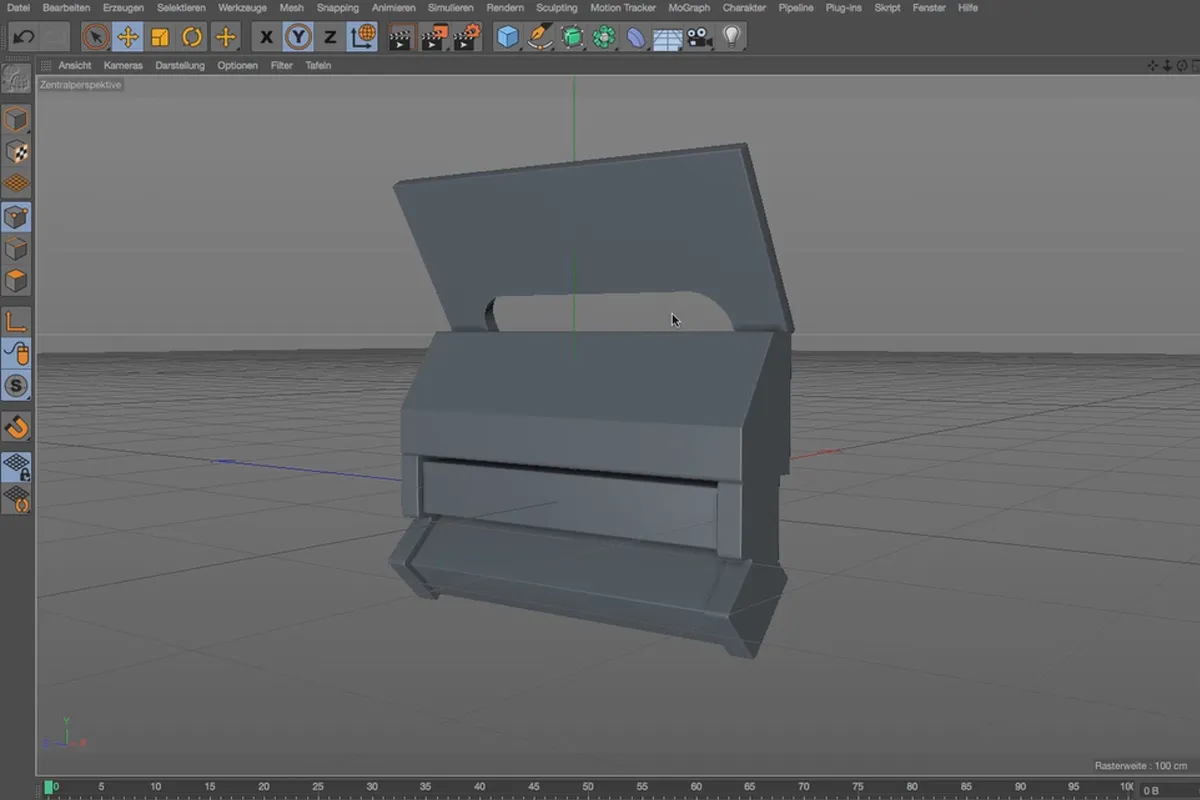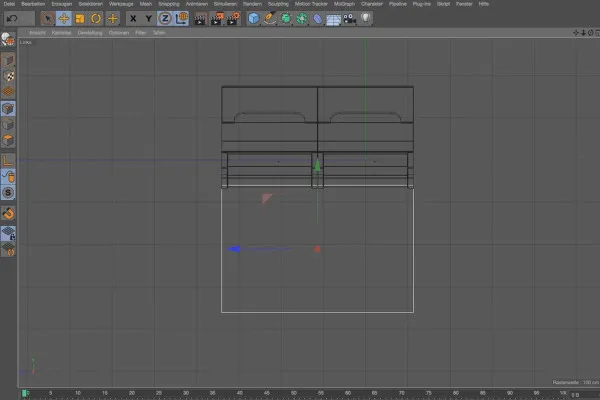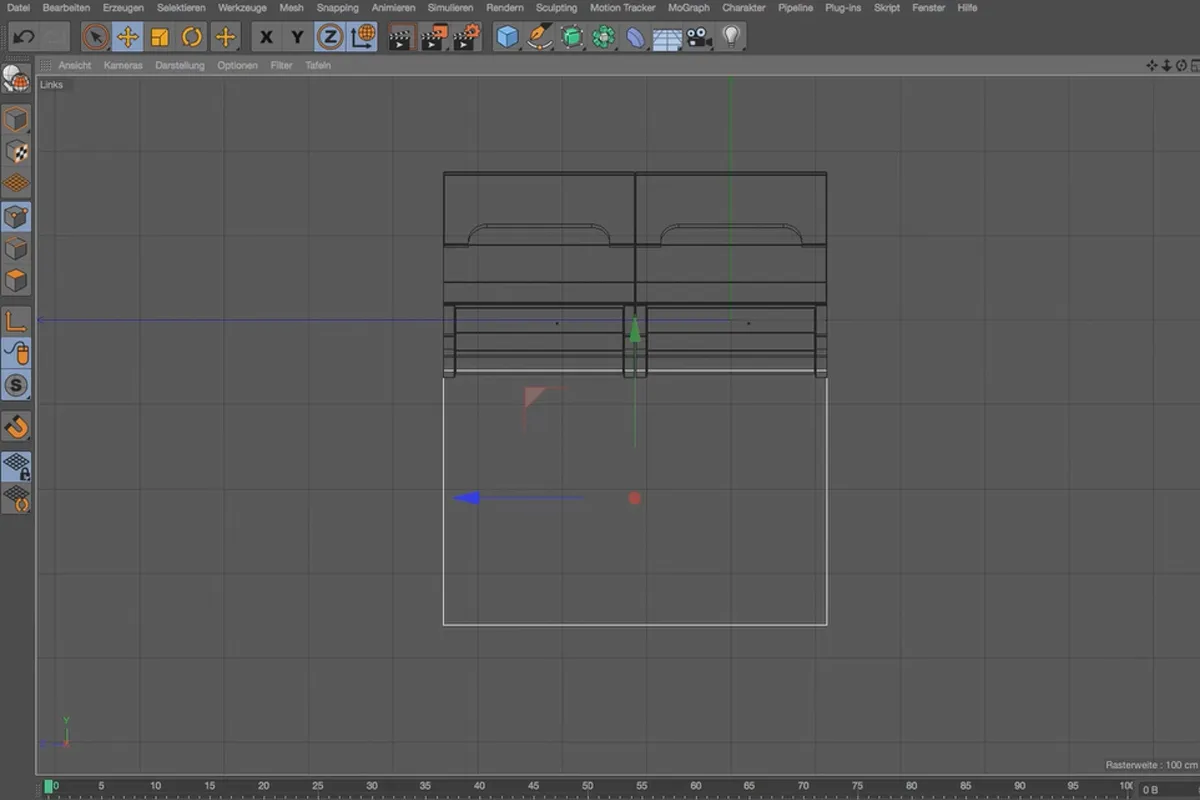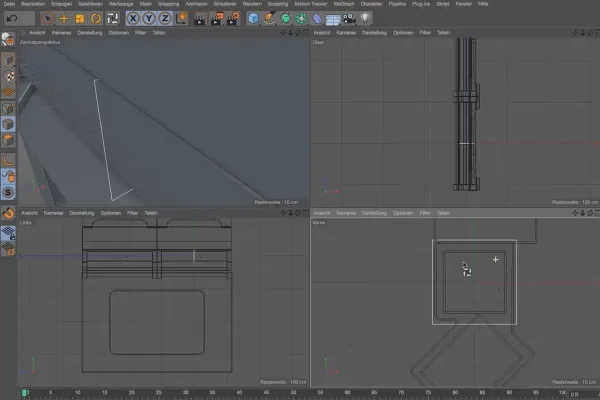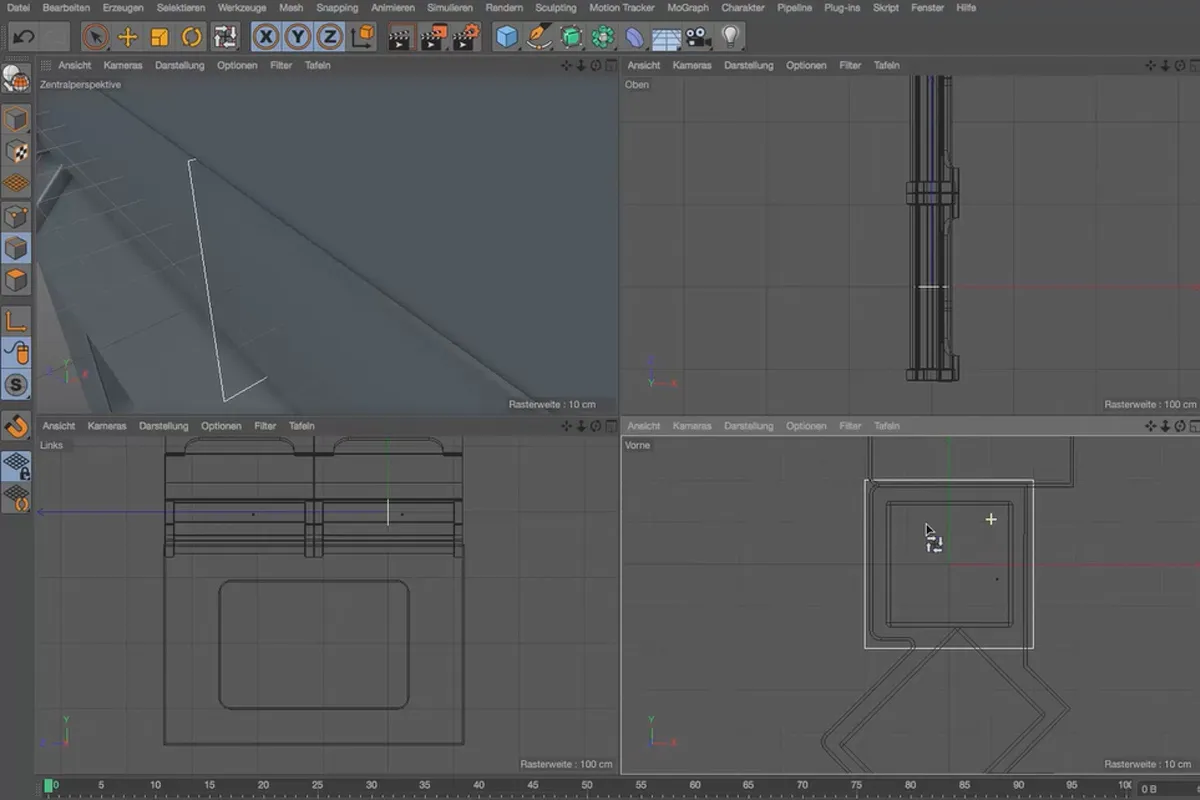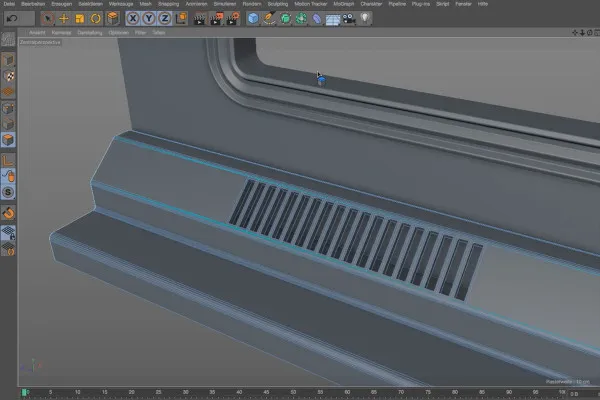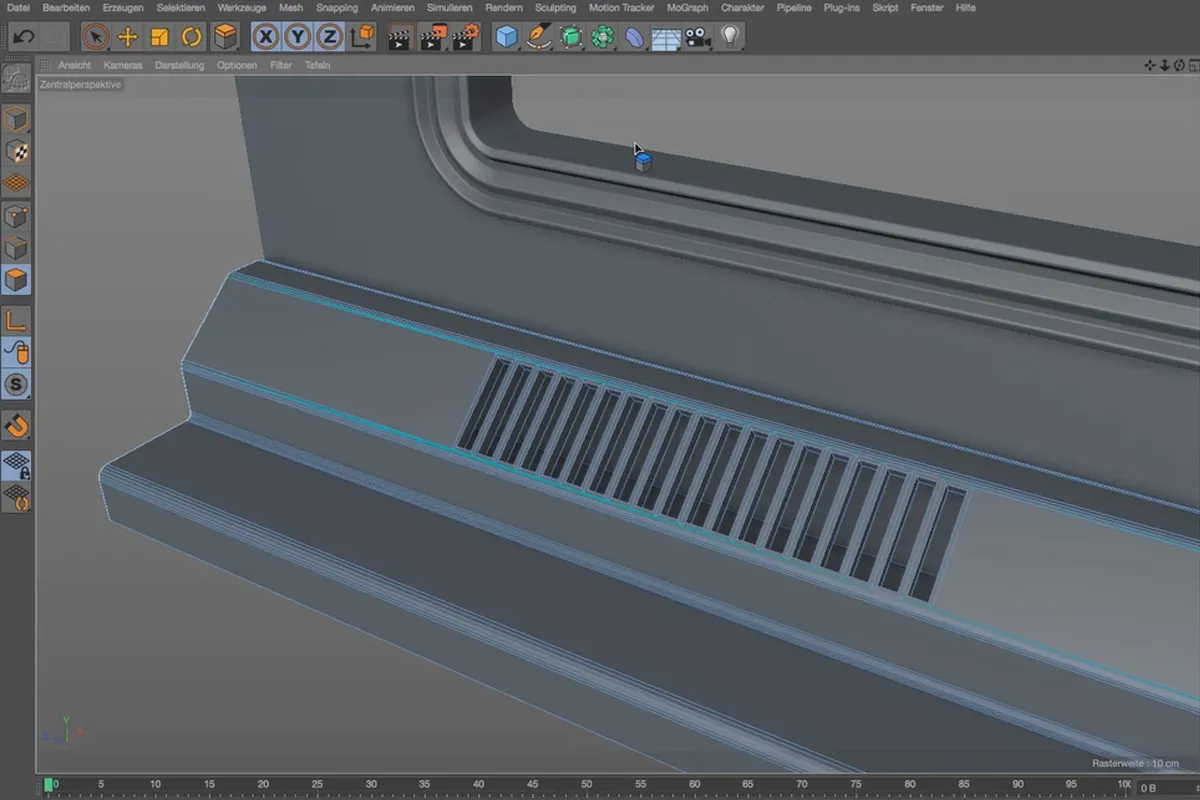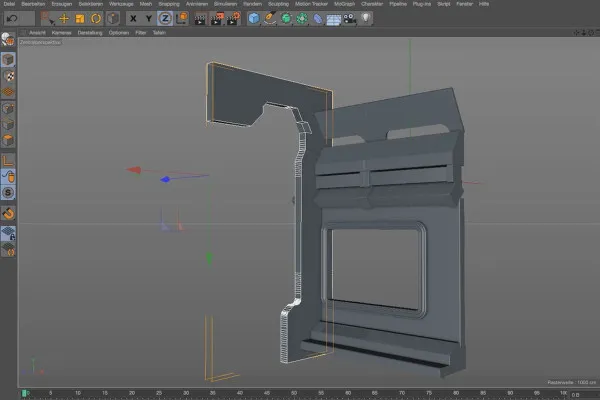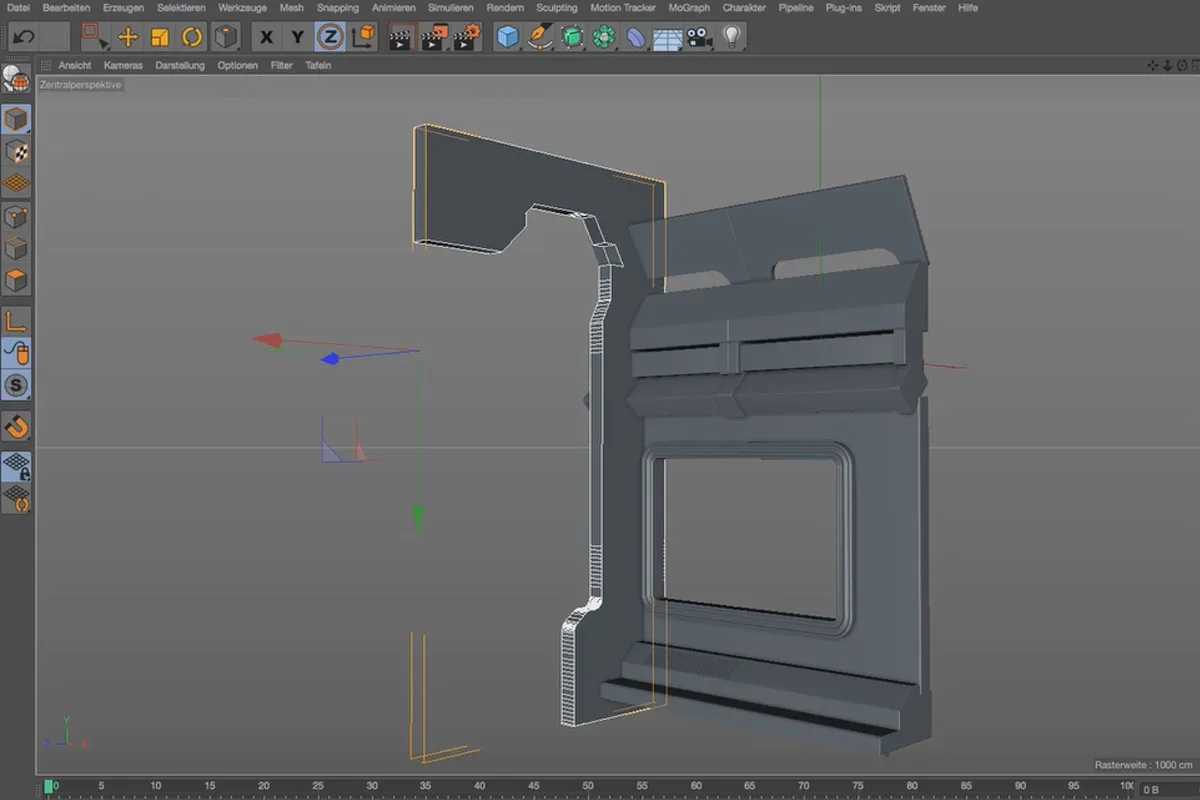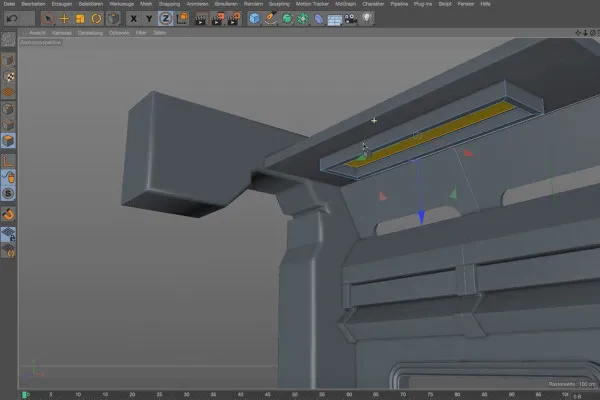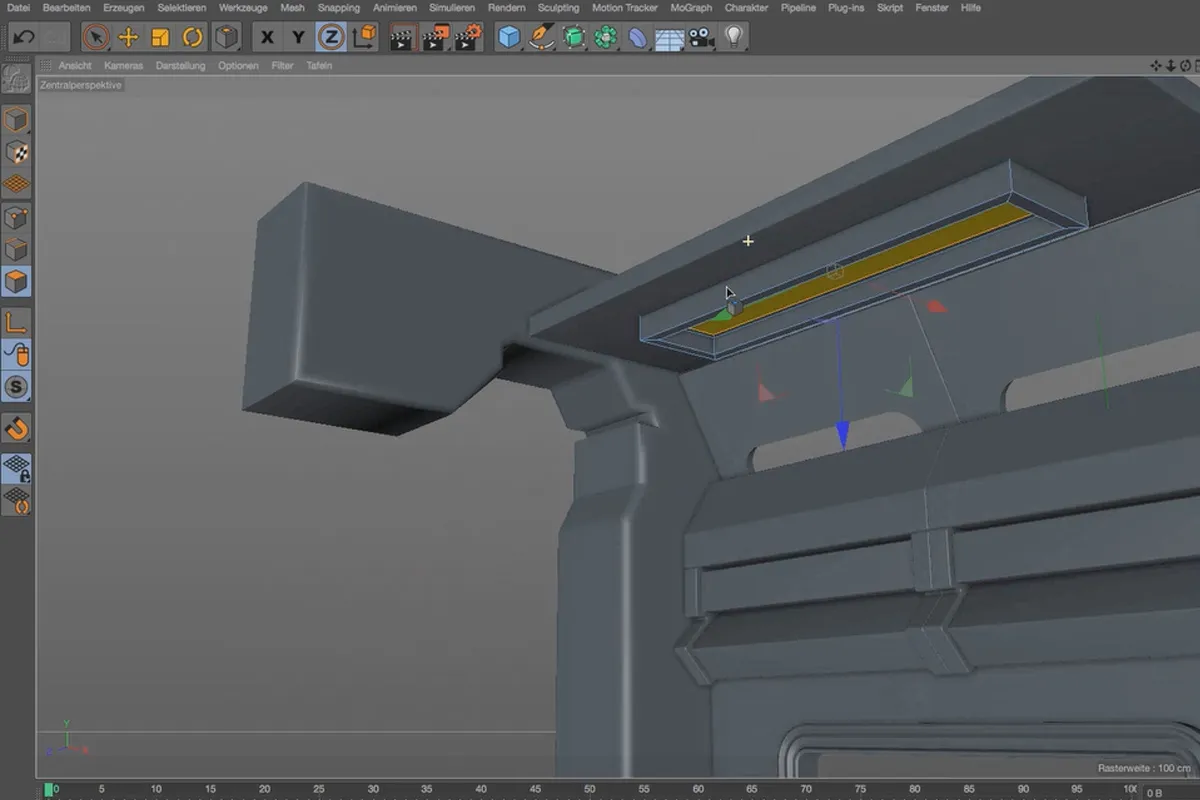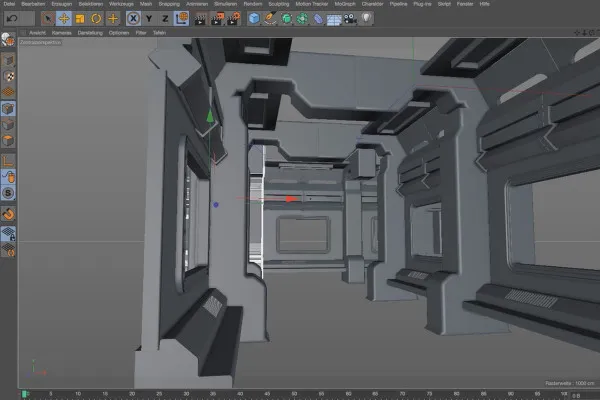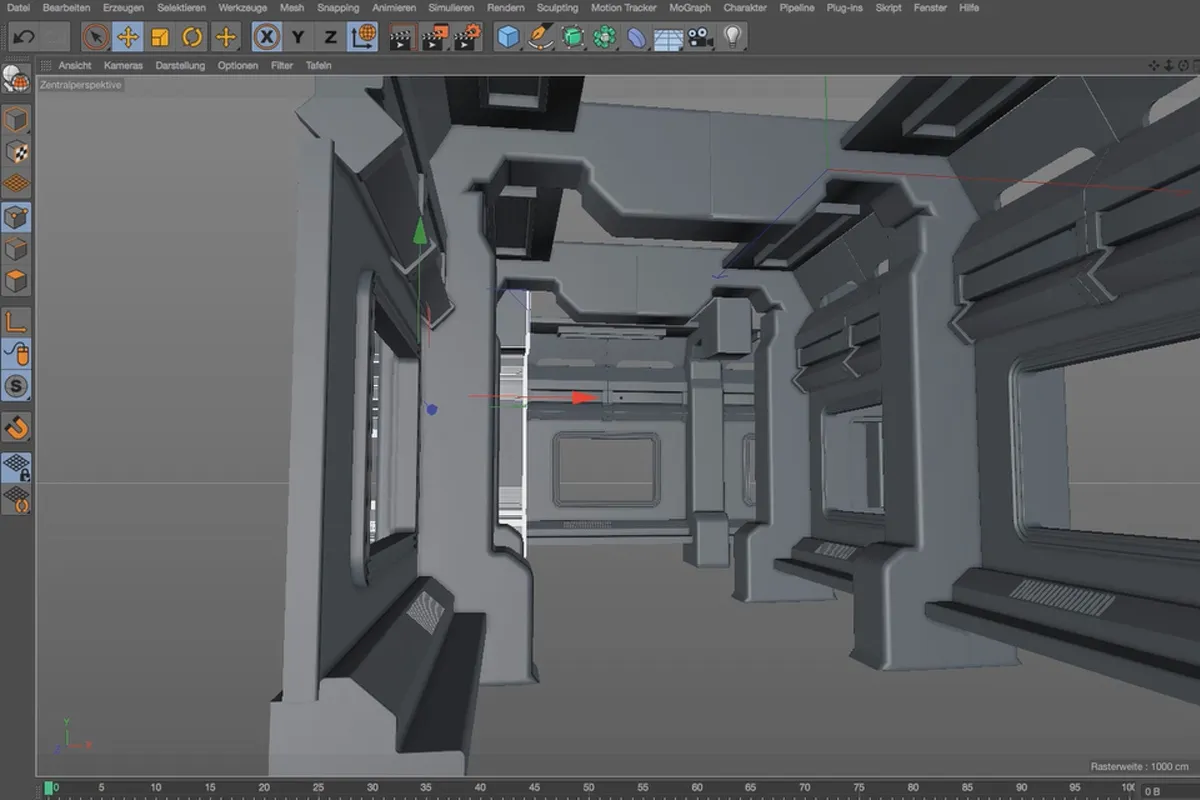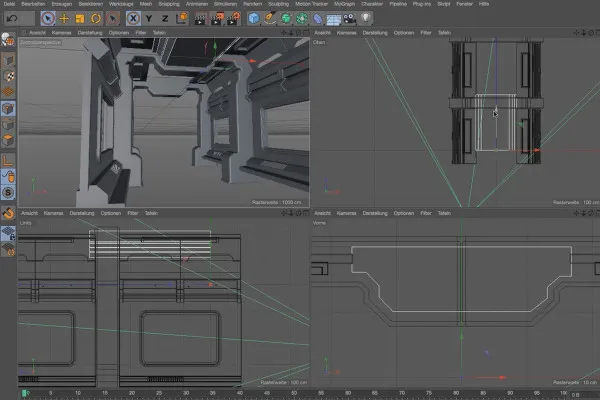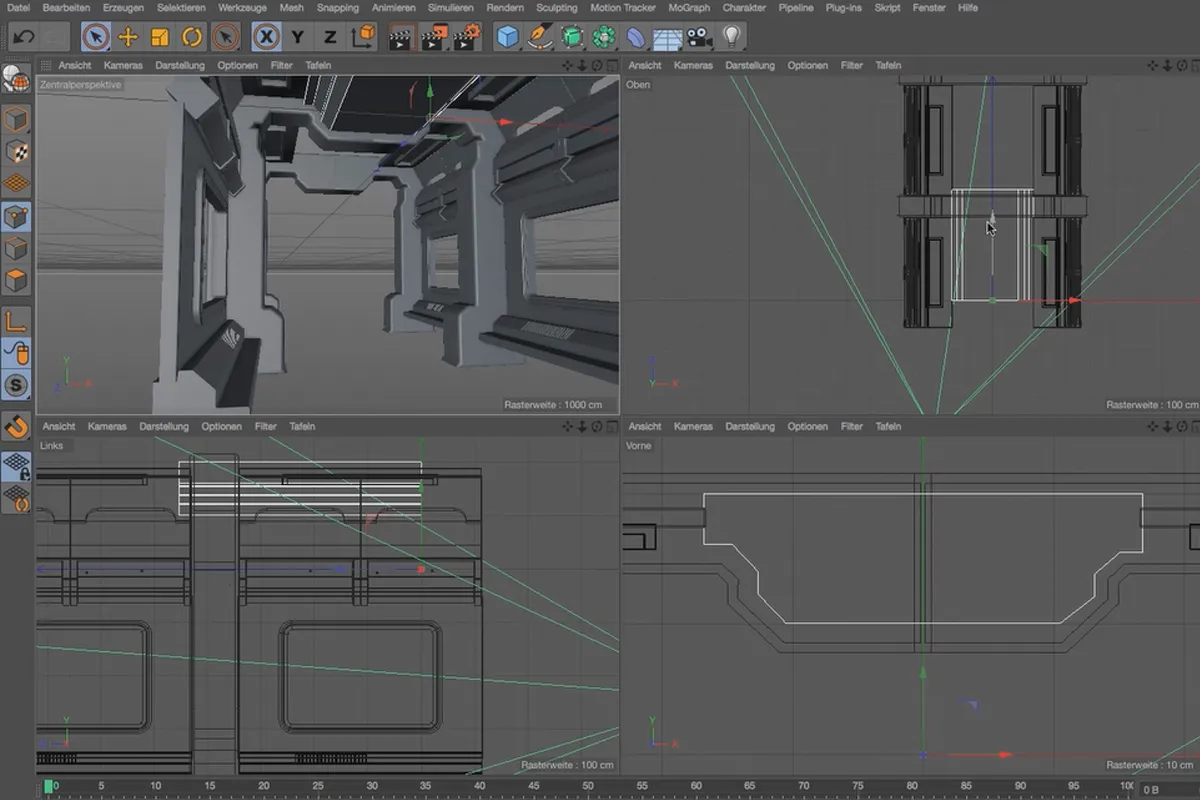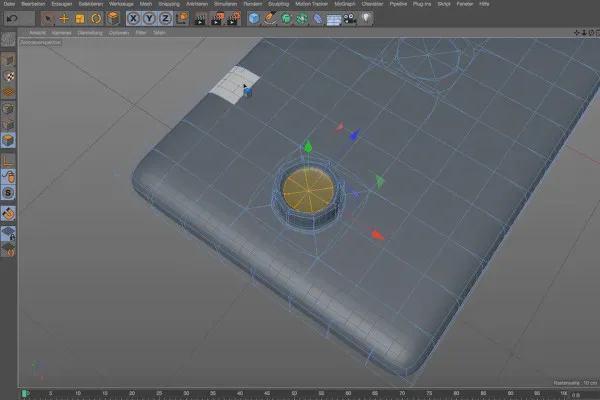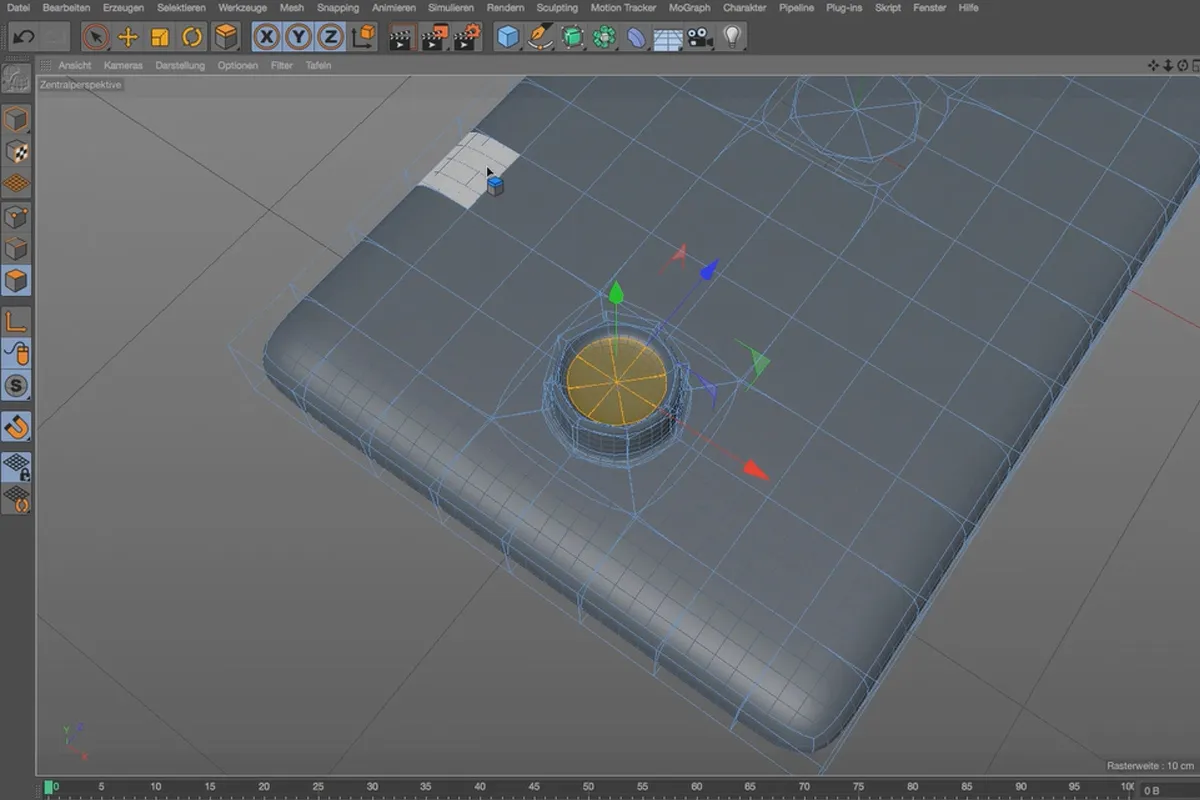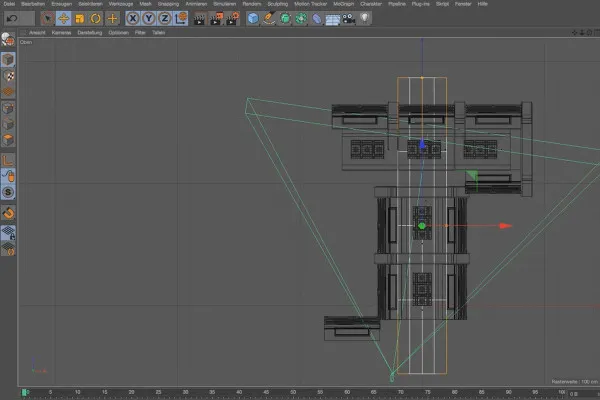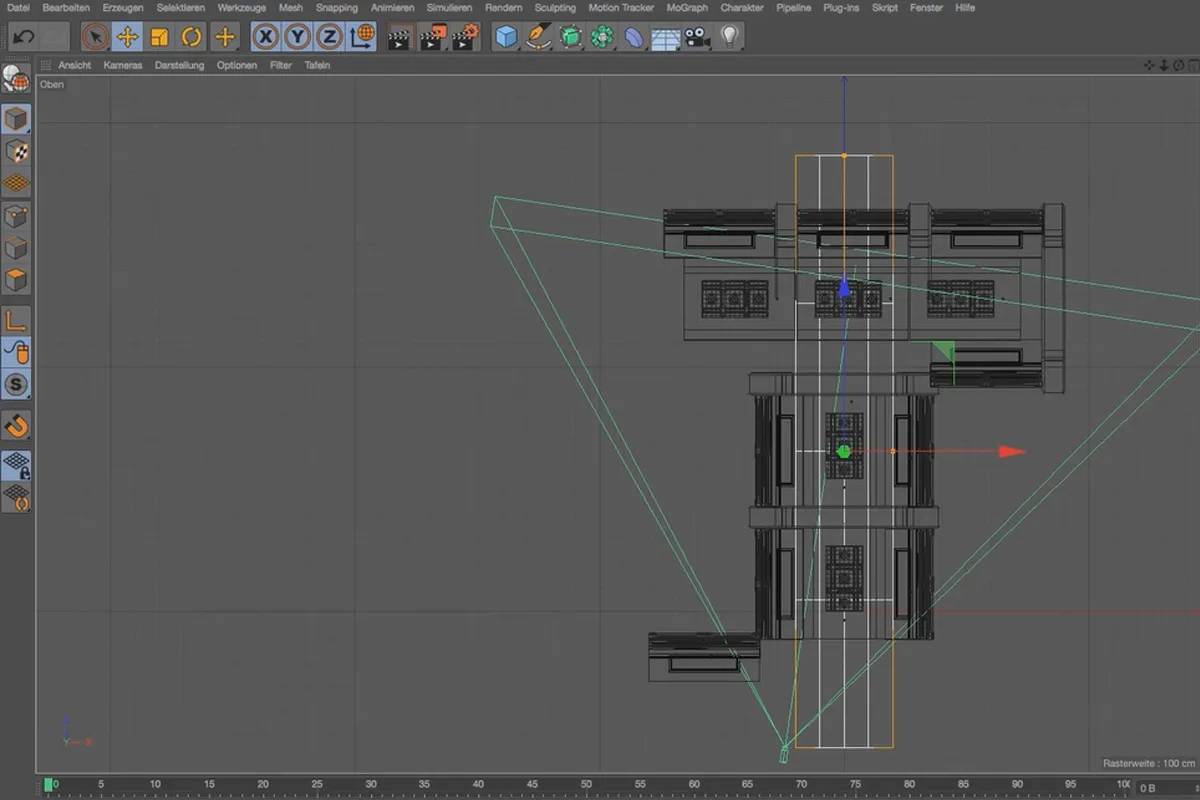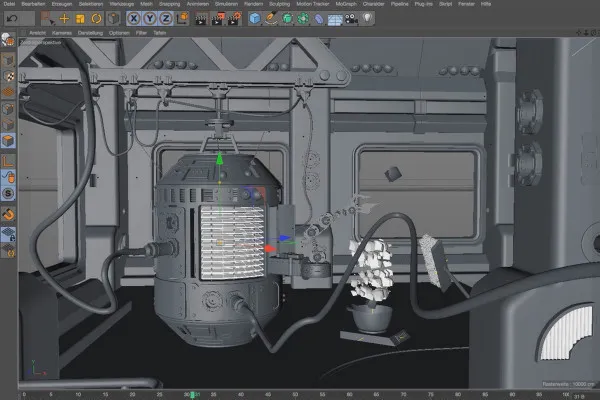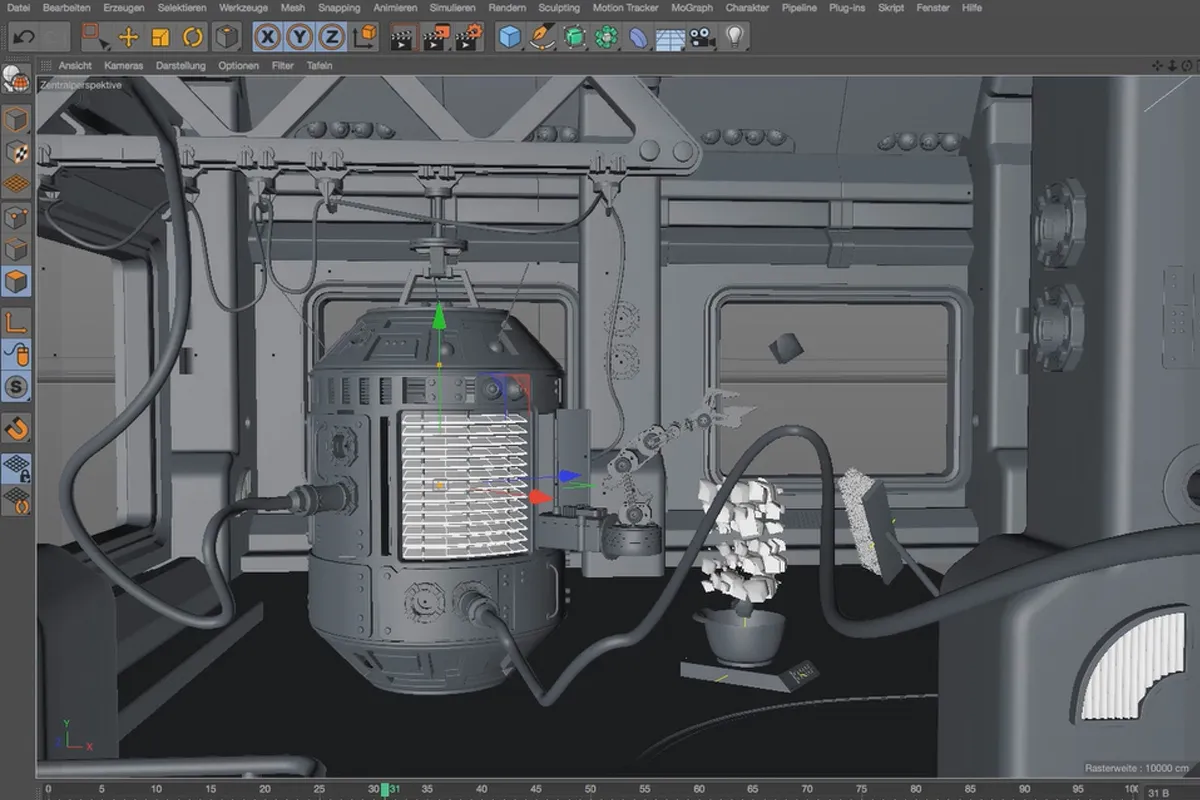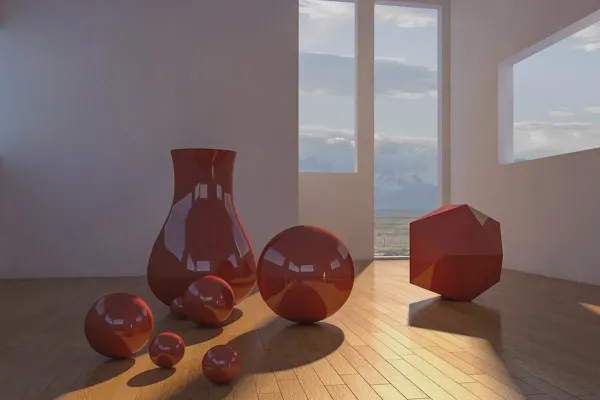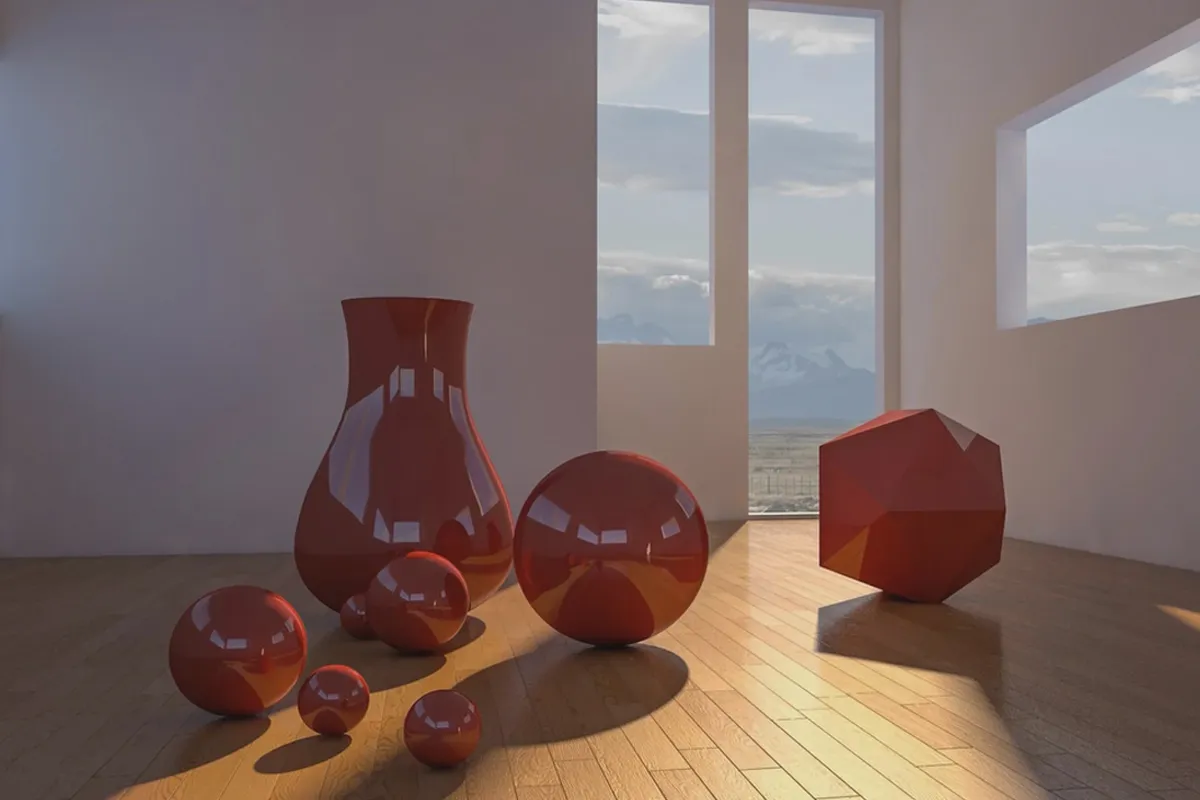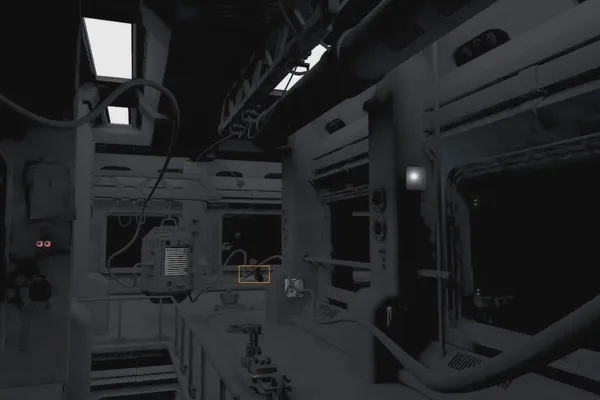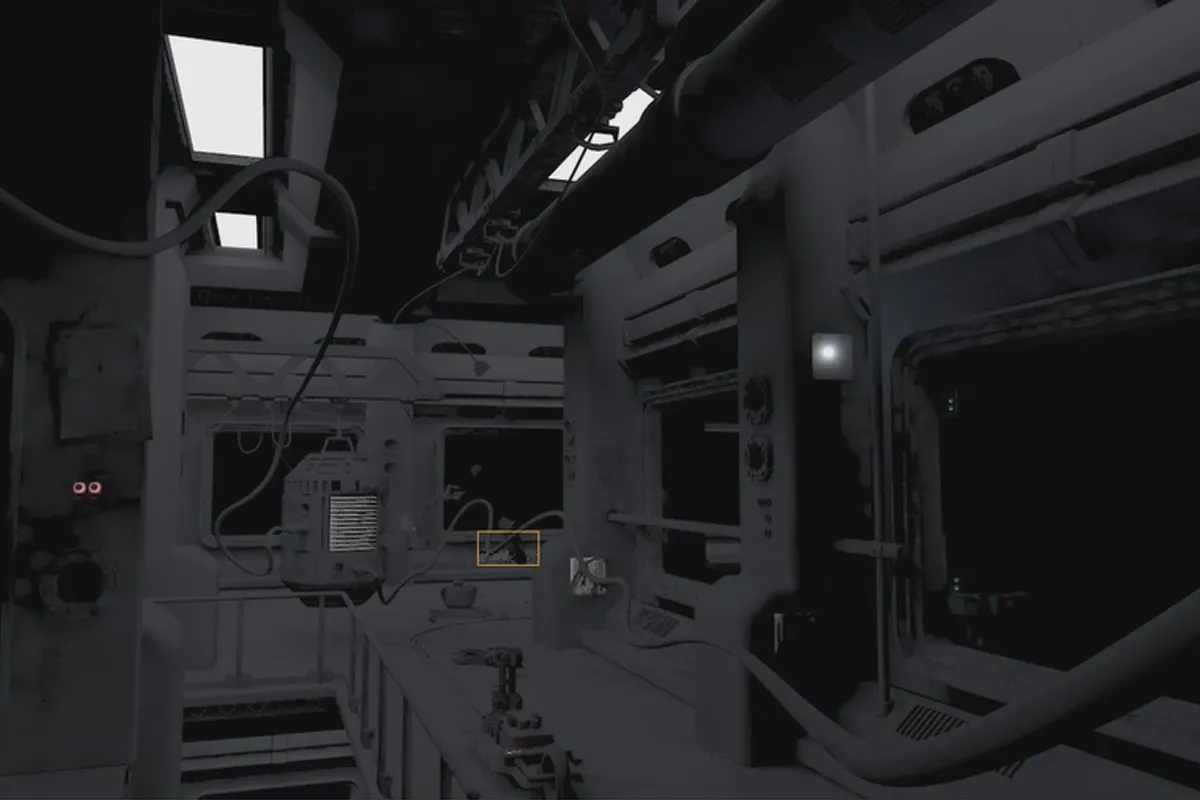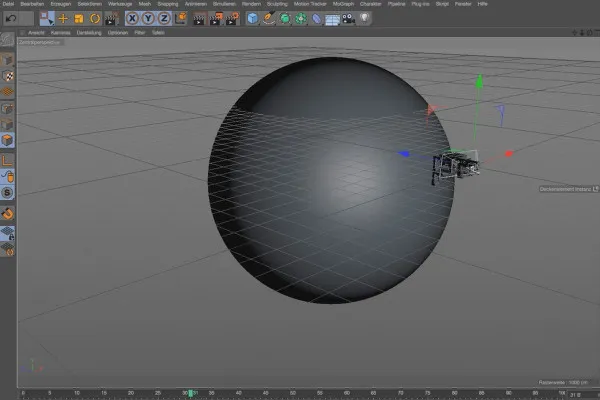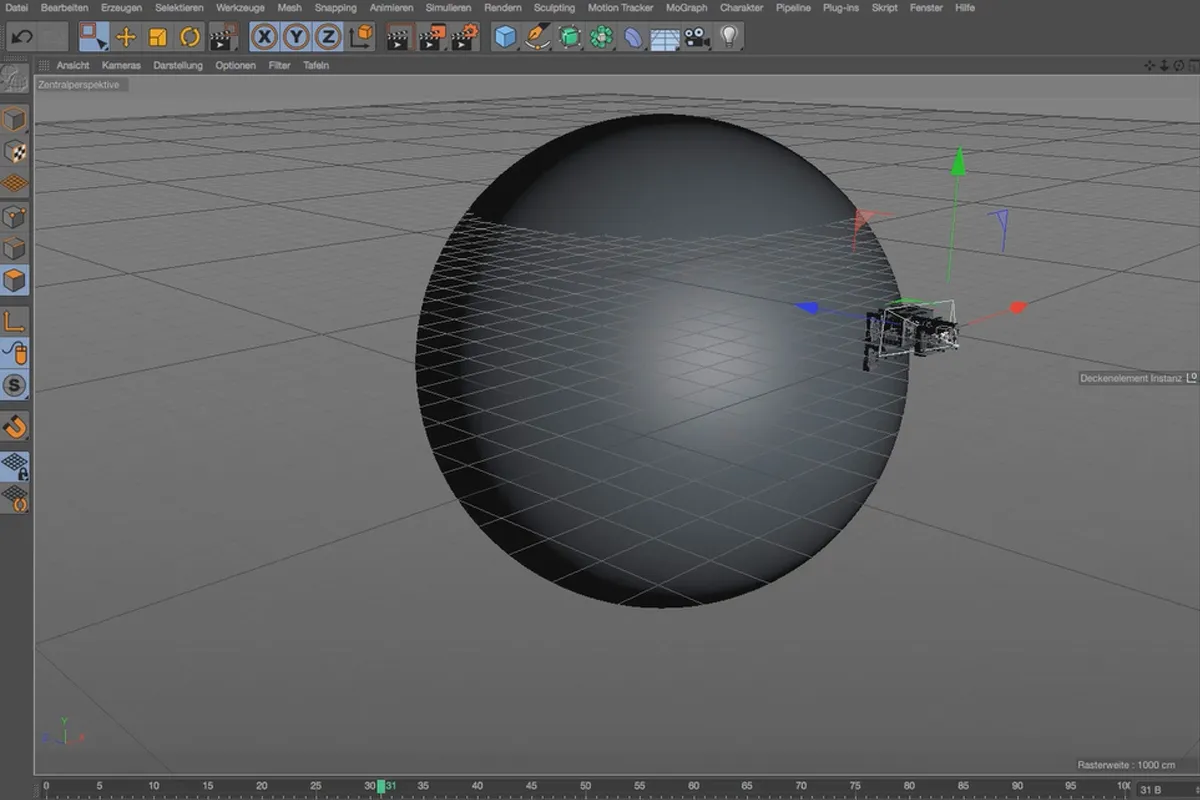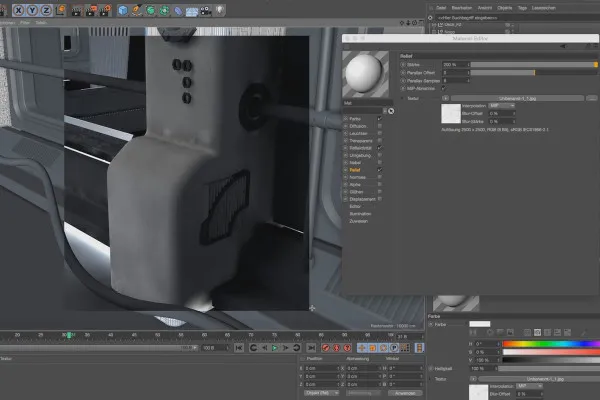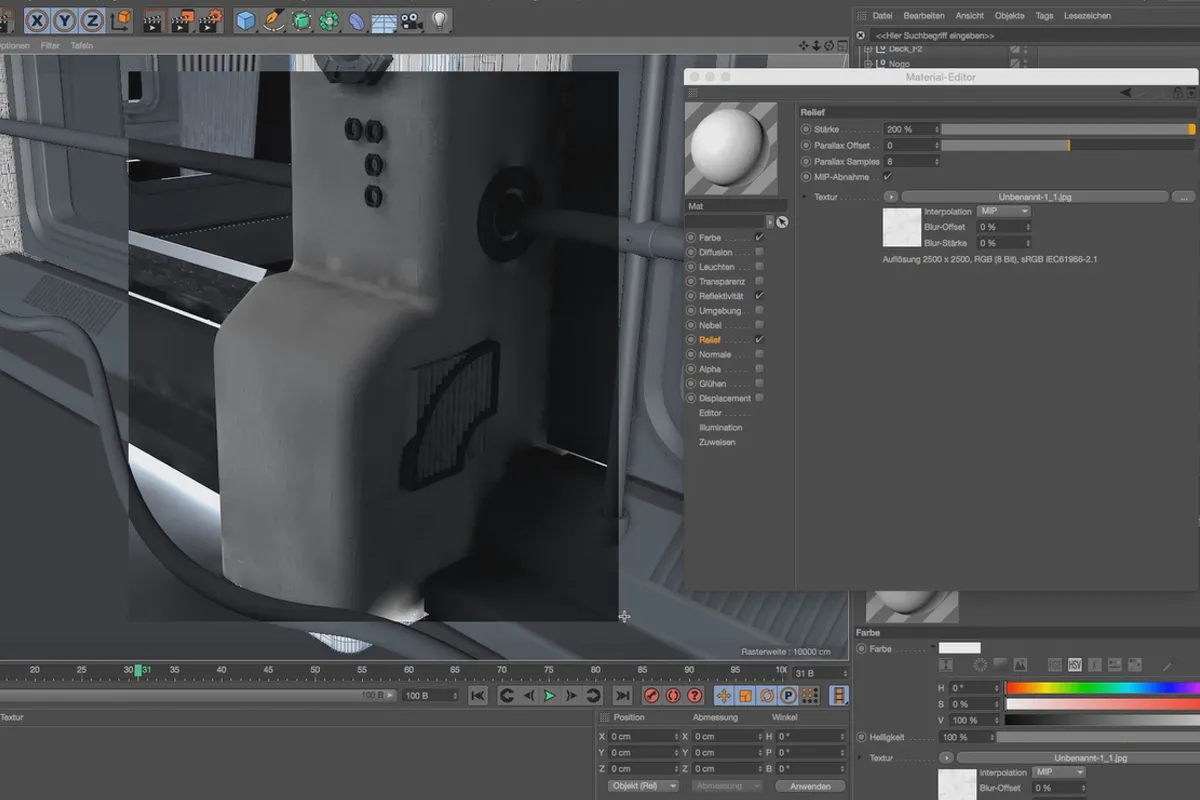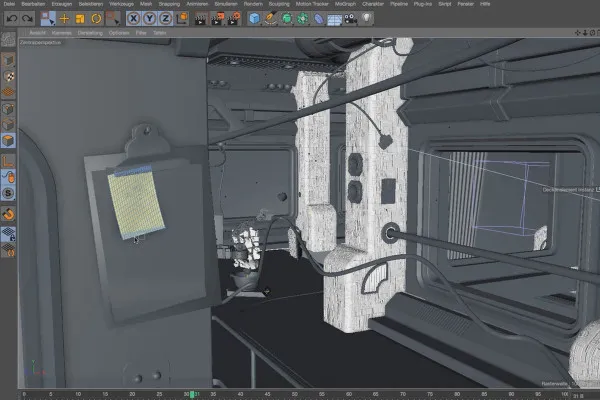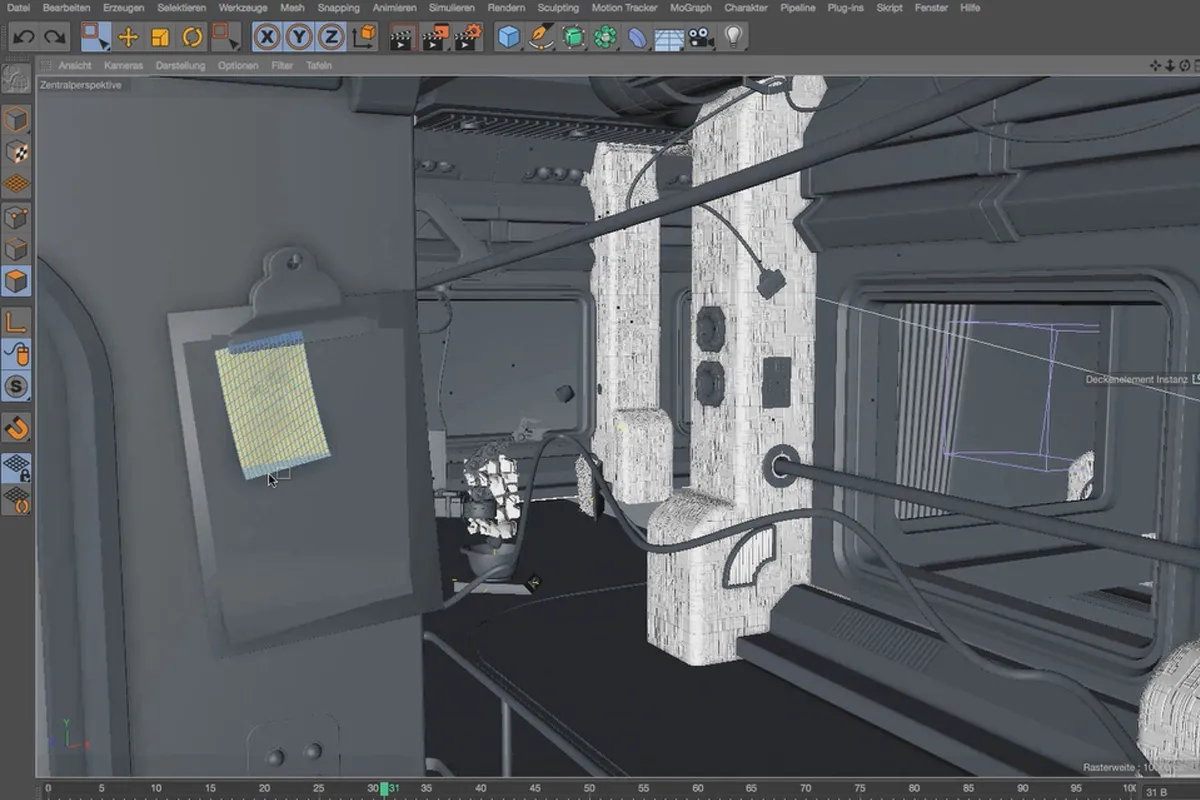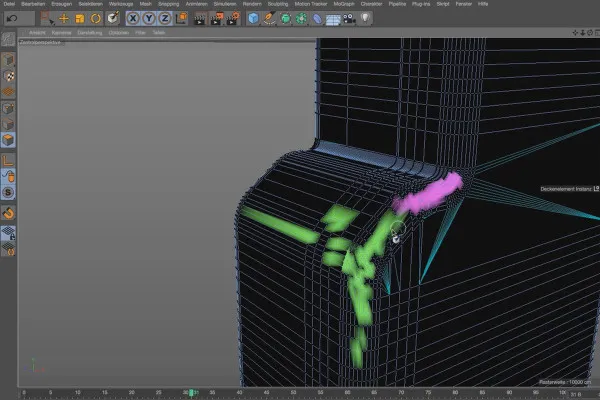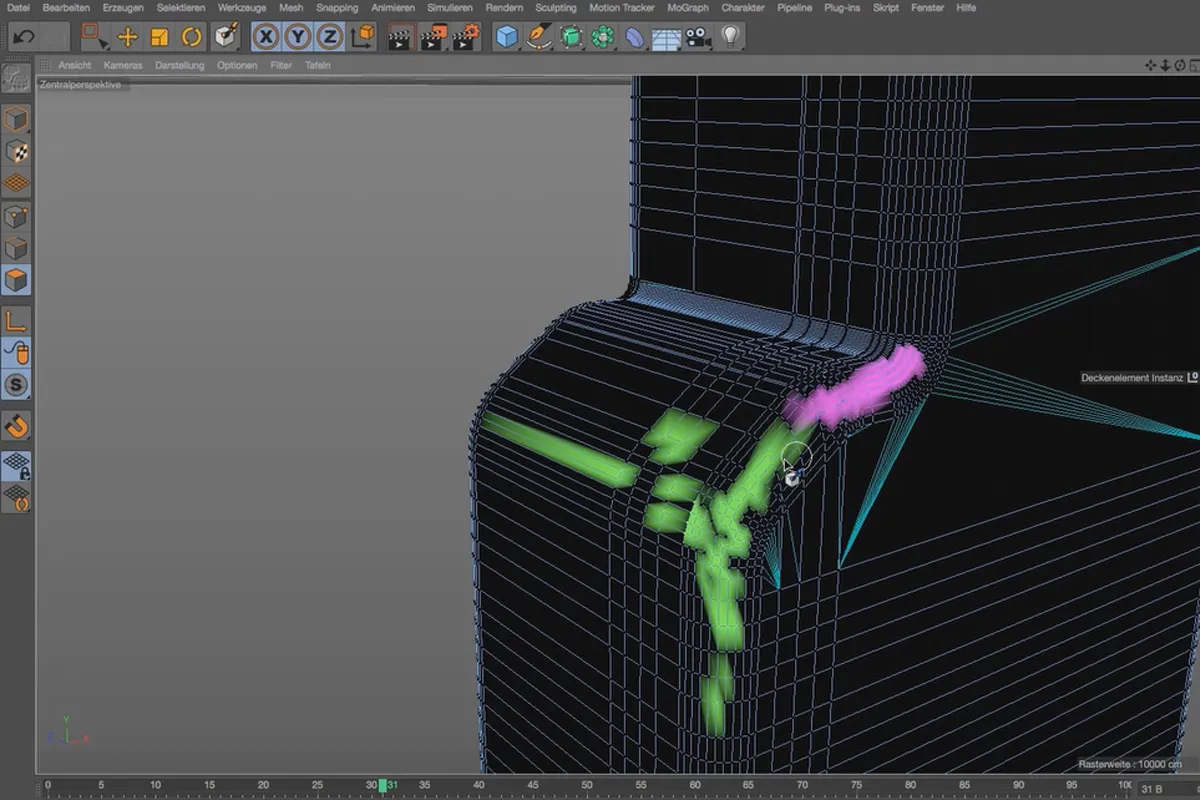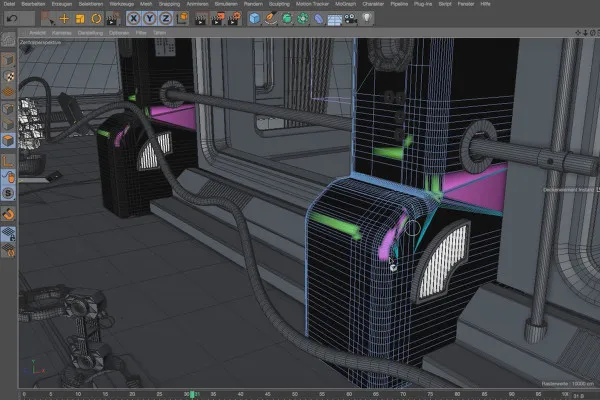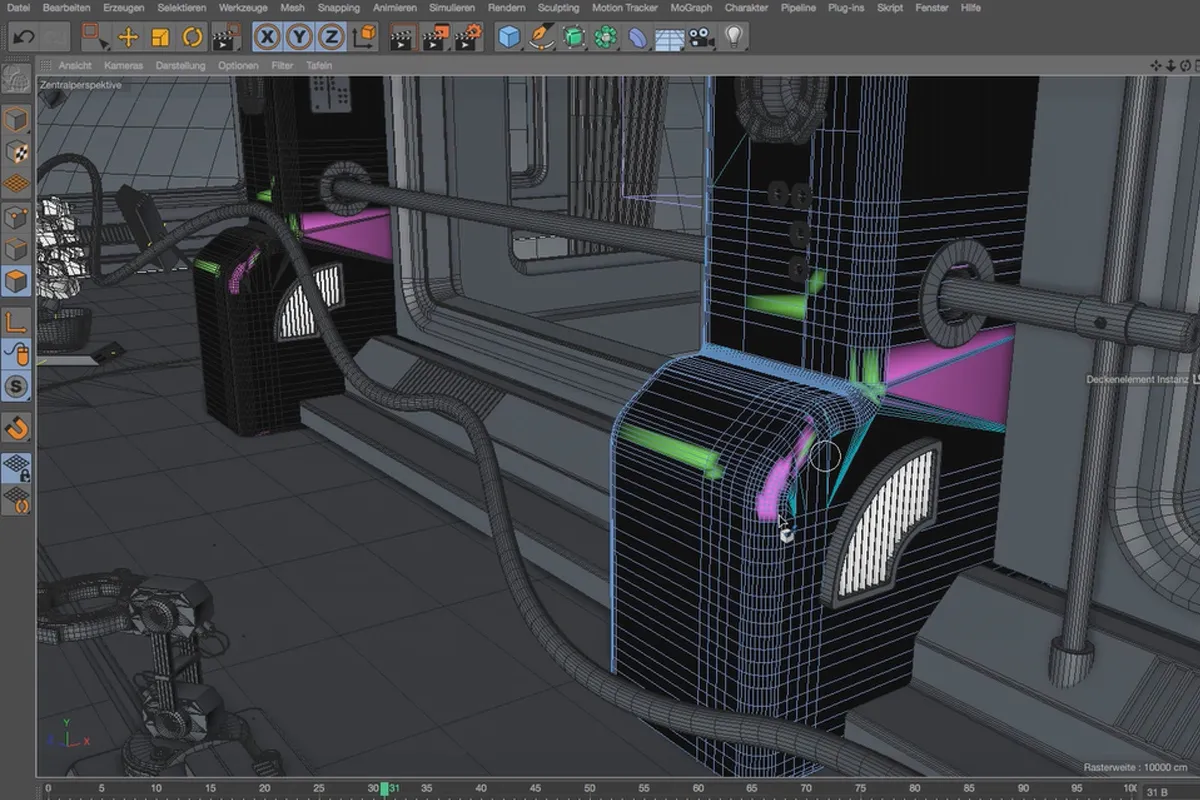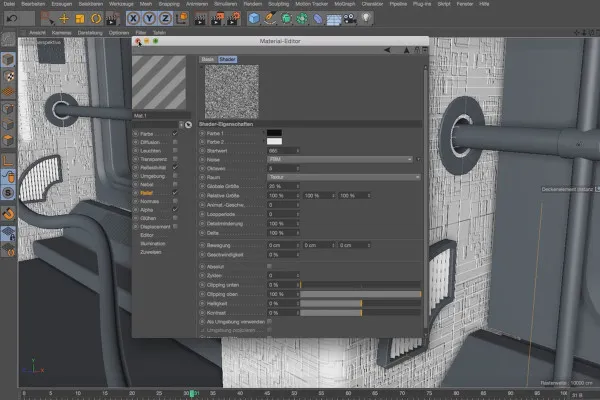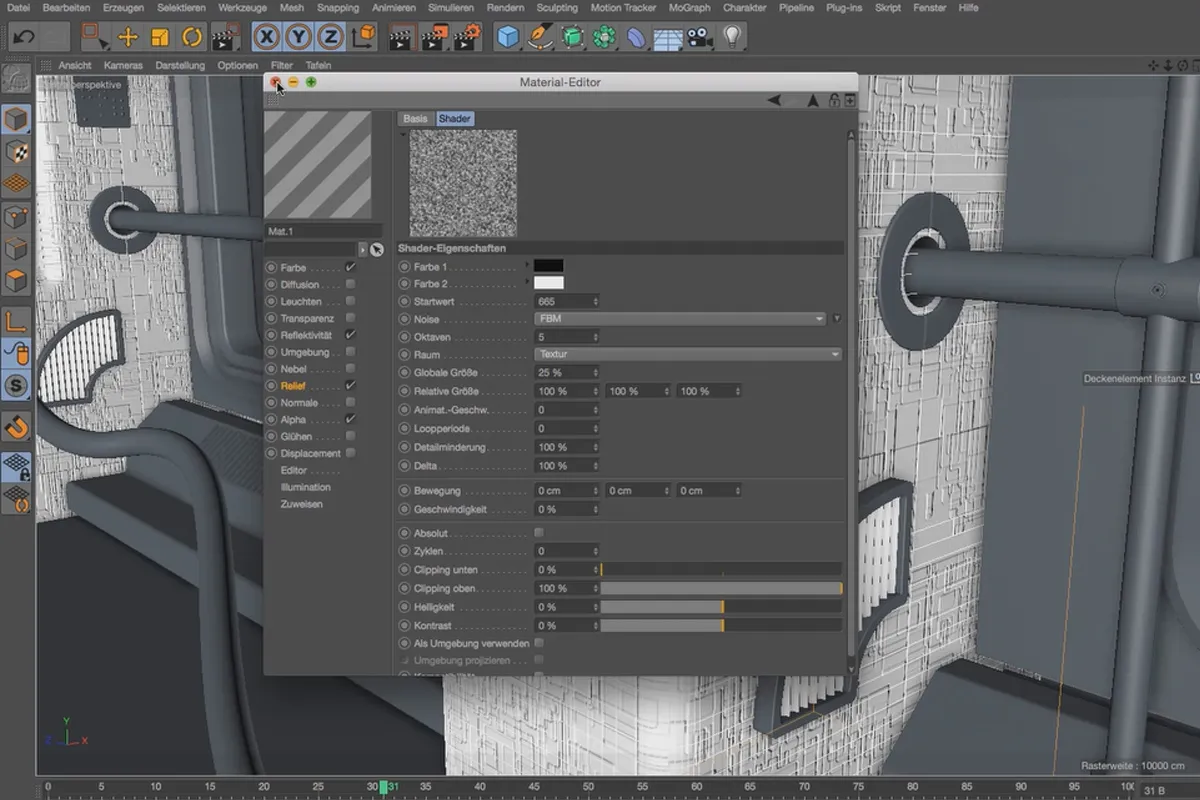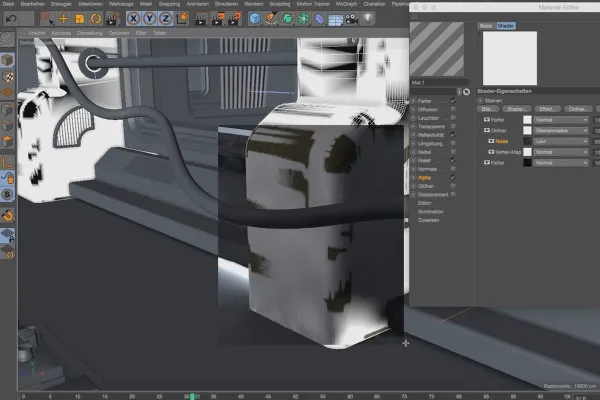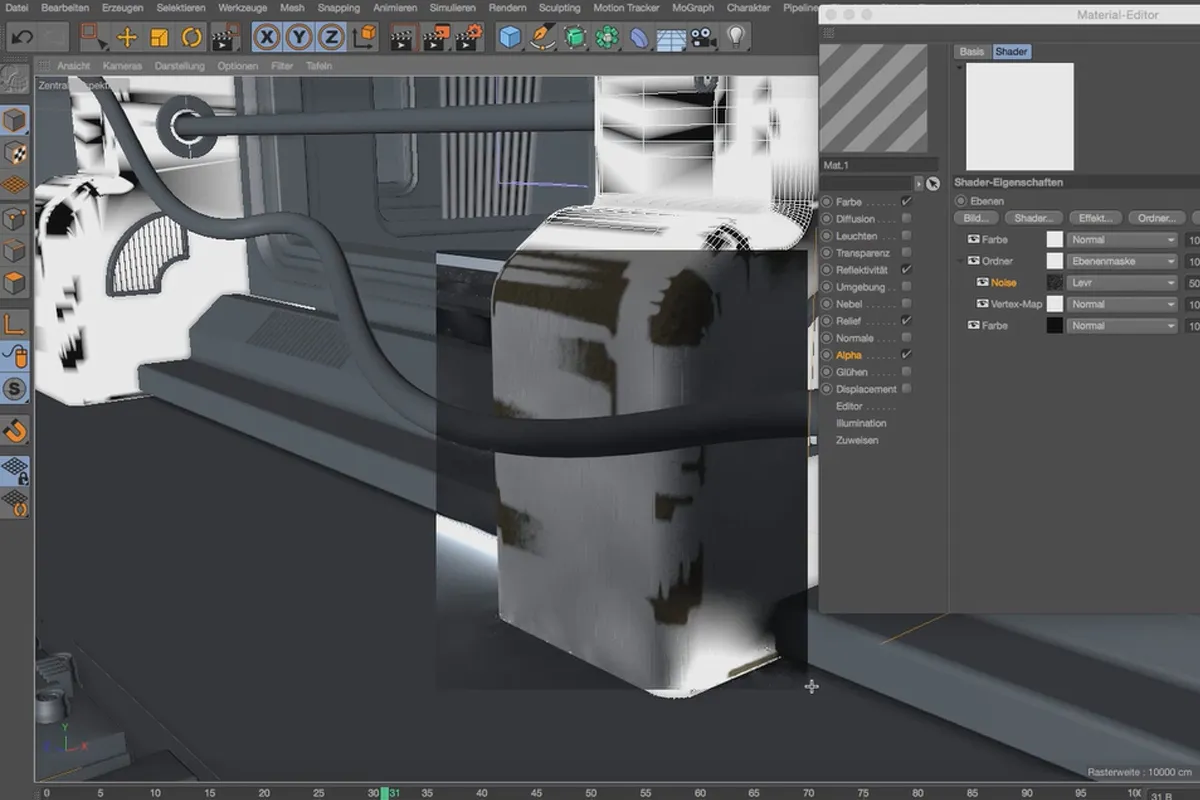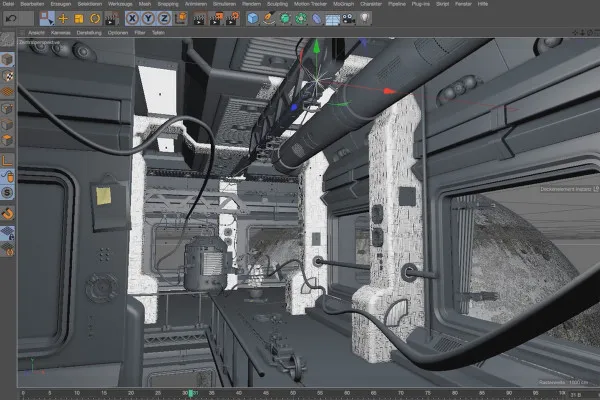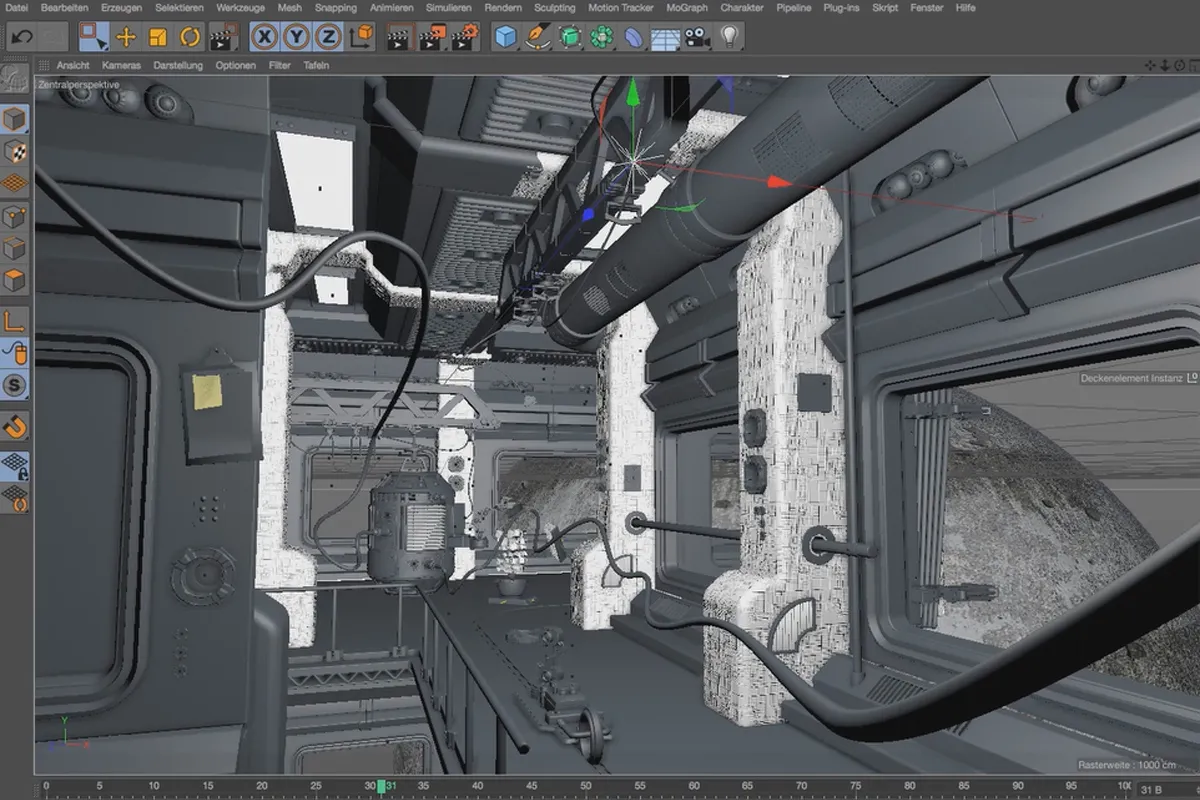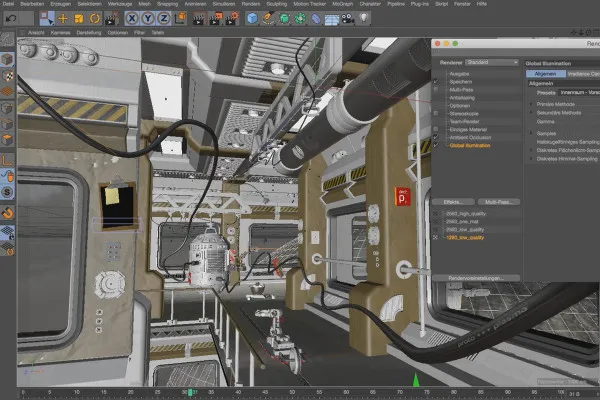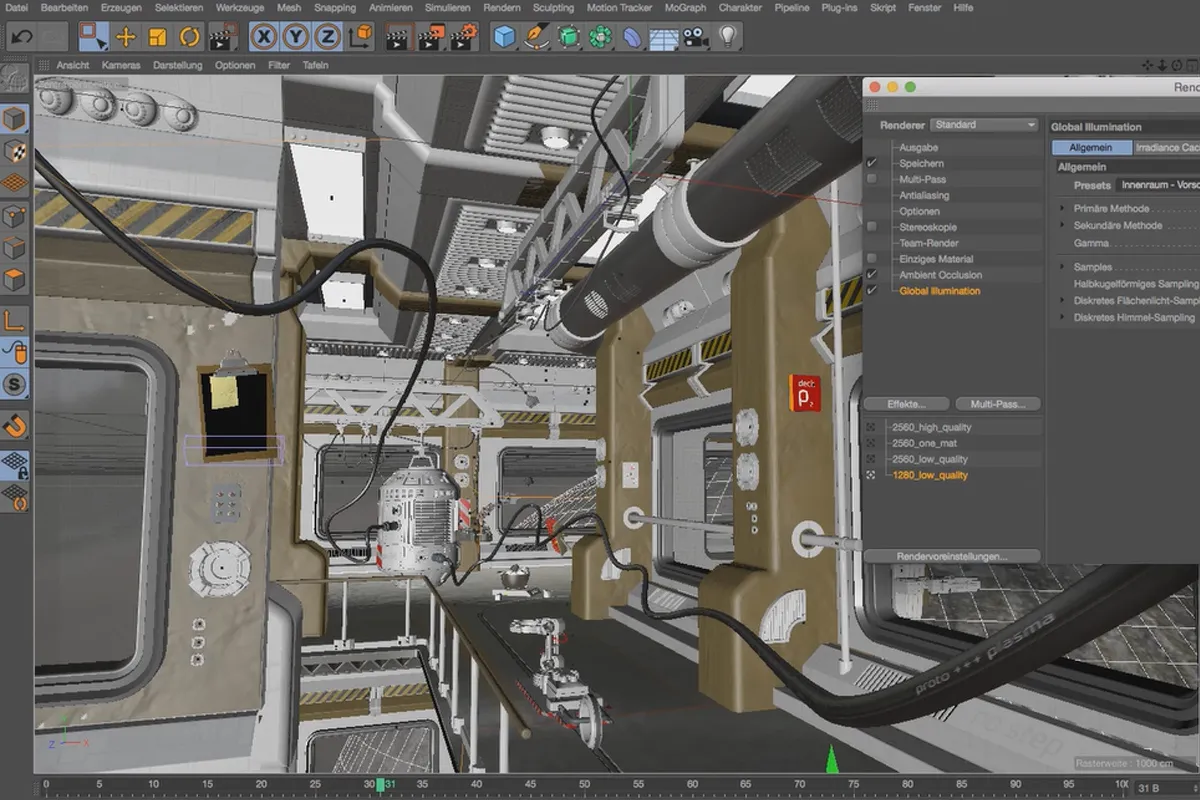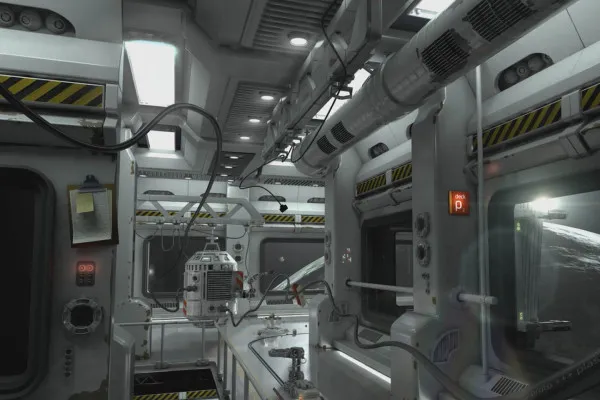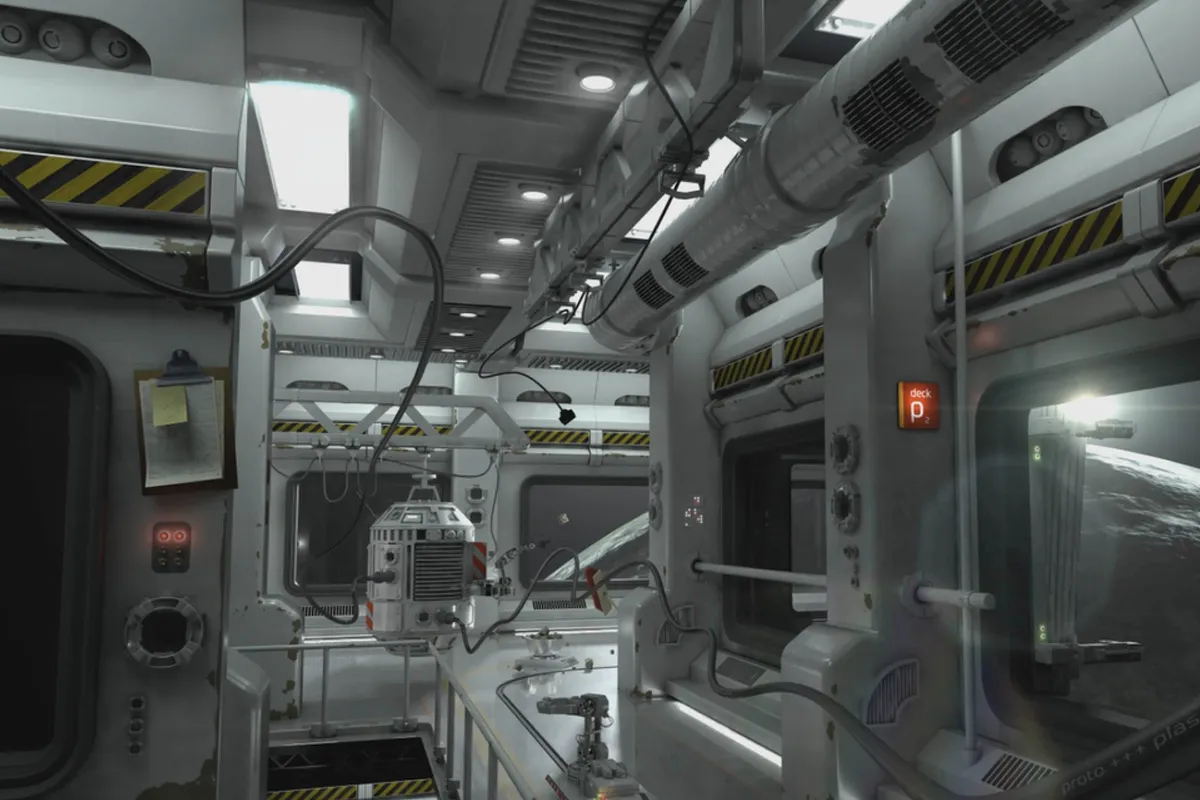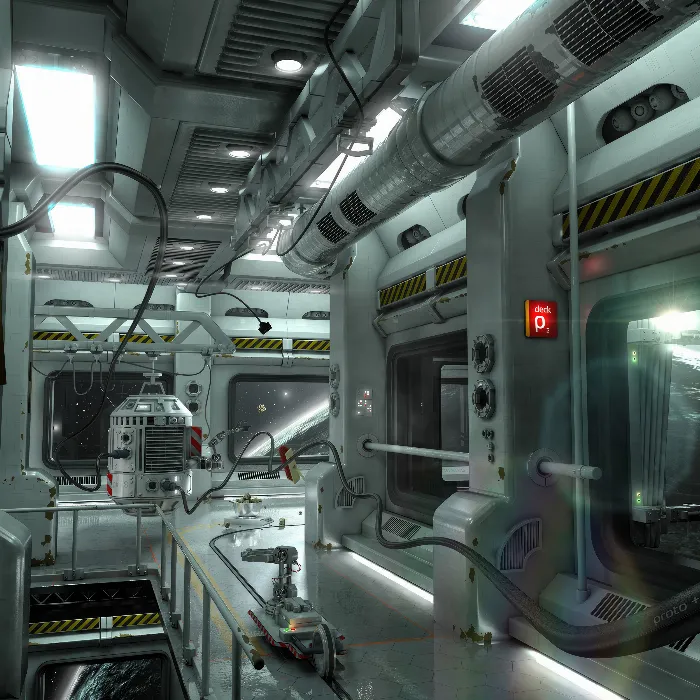
Cinema 4D practical tutorial: 3D modeling and lighting of a space station
A tutorial to take off in 3D! In over three hours, Cinema 4D expert Uli Staiger explains how modeling and lighting three-dimensional scenes works. Using the example of a space station, you will first model the space from the inside out. You will then develop a convincing scene using lighting and shaders. Reach for the stars in Cinema 4D.
- 25 lessons in over 3 hours of video training on 3D modeling and lighting with Cinema 4D
- Includes working materials, including robot arms, cables and rail systems for your space station
- Get to know the work steps of a professional using a specific example and apply them to your work
- Use the functions of Cinema 4D, combine them with Photoshop and create harmonious, detailed scenes
- Know and use functions and tools in detail, including Screen Space Ambient Occlusion (SSAO)
Cinema 4D through and through: from nothing to space, from space to perfectly lit scene. Open the treasure trove of experience of a professional and follow a workflow that will enrich your own projects in the future.
- Usable with:
- content:
3 h Video training
- Licence: private and commercial Rights of use
- Bonus: including working material
Construction of a space station
Details of the content
Cinema 4D: modeling and designing scenes with space and light
Lesson number one: No scene without a story! Gezemaneh 7 is a moon of the planet Mandarian in the Subsidian system. The space station set up in this practical tutorial is located in a luna-stationary orbit. And we are already in the middle of the action, namely in the 3D modeling and lighting of such a station with Cinema 4D.
3D modeling using the example of a space station
For a space to become a space, you first have to think it and only then can you build it. That's why the first part of this video tutorial is about 3D modeling a room segment from very simple elements. Anyone with a little experience in Cinema 4D should have no difficulty with this. Once the segment has been completed, the actual room is constructed from its instances. You can follow the trainer's suggestion, vary the room slightly or create your own design, whereby the new SSAO will be very helpful.
Learning by doing: working materials for the Cinema 4D tutorial
Also included is a whole folder of working files full of objects (such as robot arms, cables, track systems and other things) that are essential in a space station, all with the associated materials of course. You are welcome to use these or use them as inspiration for your own spacey objects.
Lighting: How to light your scenes perfectly
The second part of the training is about lighting and lighting composition , but also about creating shaders, whereby trainer Uli Staiger assumes basic knowledge. In addition to a classic material created in Photoshop, the new Substance connection of version R18 and a few nasty tricks, you will learn how to use the new vertex color tag to create realistic-looking, worn edges without having to use BodyPaint.
What you'll learn in the Cinema 4D tutorial
You will follow the workflow of a 3D professional in the complete implementation of a project with Cinema 4D. You will gain a wealth of experience that you can transfer to your own way of working. You will learn how to use the program's tools in a targeted manner and also gain an insight into various new functions of version R18. The 3D modeling of a room and the subsequent lighting - this is how you do it right from now on.
Other users are also interested

Photo editing & image composition

Full power, more inspirations, maximum WOW effect!
How it works. What options exist.

Edit films, transitions, animations, and more
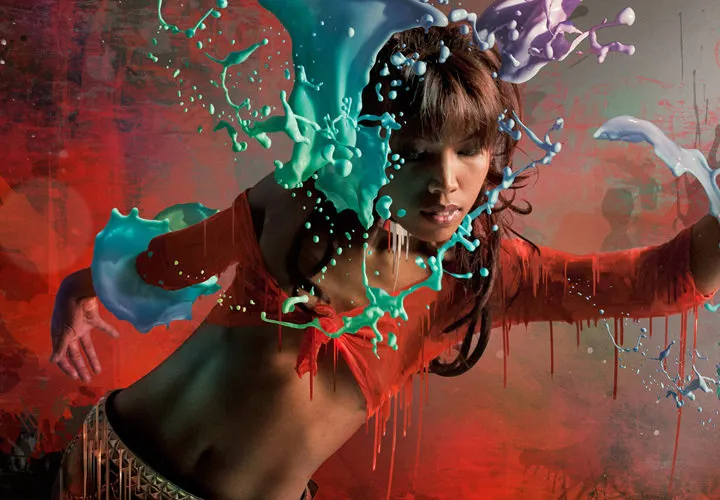
More style, more power, more templates!

Neatly cut out!
Save time with artificial intelligence

Follow an instructive path of image editing!



